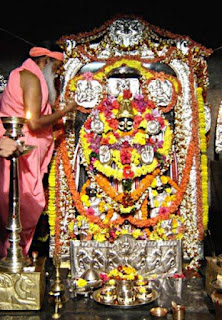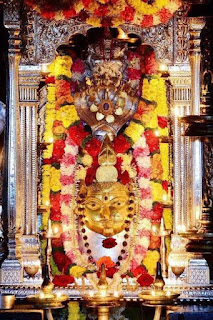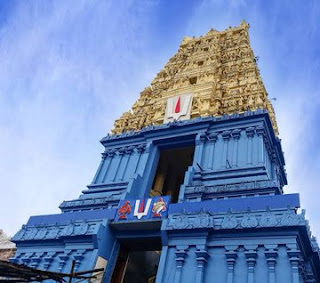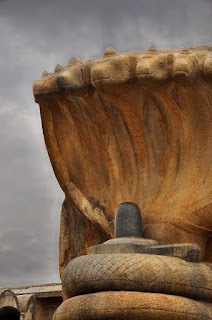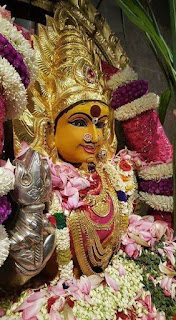
SRI CHENGALAMMA DEVI, SULLURPET, NELLORE (AP) Chengalamma Devi was, initially, called Tenkali (Dakshina Kali). The left portion of Devi depicts Parvati, right portion Saraswati and central portion Sri Mahalakshmi, hence called Trikale Chengali. During 10th C, few villagers found Devi murti while swimming in Kalangi river. They could not move the murti from its place. Next day, they noticed that the murti was positioned straight. After performing poojas, they could lift the murti and they carried it to the present place. While villagers were trying to build door for the shrine, Devi appeared in their dream and told them that she was there to bless her devotees at all times and hence they should not build any door. The next day, the villagers found that the doors has become a tree. So the villagers decided to keep the shrine open for 24 hours. The murti of Devi faces the sea. Devotees come to witness Chengalamma Jatara in huge numbers. ISRO scientists visit this shrine for the blessings ...
